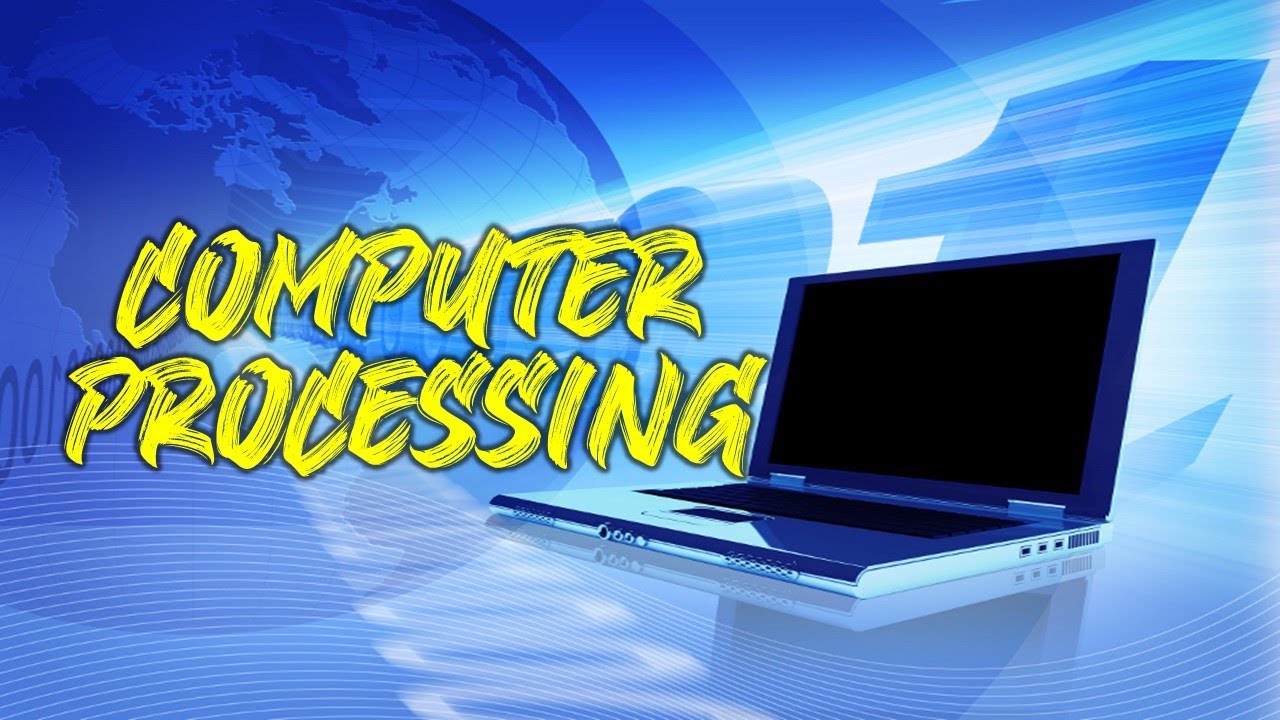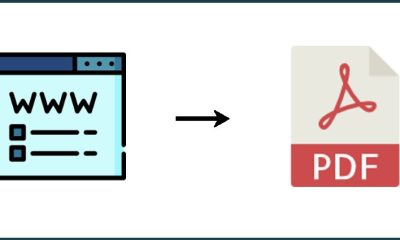Career Tips
What Is Computer Processing? – How It Works

Computer processing refers to the operations taken by a computer to carry out a user’s orders. If you work in technology, you most likely employ computer processing on a daily basis. Understanding what computer processing is and why it’s vital is especially useful if you’re interested in information technology and computer programming.
What is computer processing?
Computer processing refers to the set of activities that a computer’s central processing unit, or CPU, does in response to user commands. This chip unit enables a computer to correctly and accurately execute tasks provided to it by programs placed on its hard drive and routed through random access memory (RAM).
CPUs are made up of a variety of transistors that conduct basic logical and mathematical operations, which together constitute a computer’s processing power.
The chip has a control unit that controls the computer’s execution of all instructions, as well as an arithmetic and logic unit, or ALU, which contains the actual electronic circuitry used to execute all arithmetic and logical operations. In addition to the core unit that permits computer processing to occur, there are additional units that contribute to various types of processing and capabilities.
Computers, for example, contain a graphics processing unit that allows them to display photographs or movies, as well as processors that enable audio processing and program download.
What are the 4 types of computer processing?
Data processing modes or computing modes are classifications of different types of computer processing.
- Interactive computing or Interactive processing, historically introduced as Time-sharing.
- Transaction processing.
- Batch processing.
- Real-time processing.
Why is computer processing important?
- Computer processing is significant for a multitude of reasons, but most notably because it is the fundamental component that allows a computer to function. Without this chip, a computer cannot respond to commands, conduct operations, download applications, or run software. Computer processing also enables computers to read commands and communicate with other devices installed on a computer, such as memory chips, which is an important aspect of utilizing a computer.
- The speed with which a computer processing unit operates is also crucial. This is because it may conduct a variety of actions and functions depending on its speed.
- A CPU’s clock speed, defined in megahertz or gigahertz, governs how rapidly a computer responds to and processes certain orders or information.
- The number of cores on the CPU’s chip is also a significant factor in computer processing since it dictates how many commands the computer can run concurrently with other cores.
How computer processing works
- Learning how computer processing works can be straightforward if you understand the fundamentals of a CPU and how they relate to a computer’s operation. A CPU takes specific actions to allow computer processing to occur. Before computer processing can begin, the computer must first have information and program instructions stored in its internal memory.
- Once this occurs, a cycle known as the machine cycle, which consists of four critical steps, is initiated to allow computer processing to proceed. From there, the instruction time, often known as I-time, can begin.
- Once this is done, the CPU retrieves the instruction in question from memory, decodes it, and utilizes the information to direct the appropriate data to the arithmetic and logic unit. The next steps, known as execution time, or E-time, involve the arithmetic and logic unit and the execution of a specific instruction based on the data received.
- This unit saves the results of the operation in the computer’s RAM. The control unit then instructs memory to release the result and save it in a secondary storage device.
FAQs
Here are answers to some frequently asked questions about computer processing:
What kind of operations can an ALU perform?
An analog logic unit (ALU) may execute a wide range of functions, including mathematical calculations and arithmetic operations. It can perform addition, subtraction, multiplication, and division operations, as well as compare numbers, letters, and other special characters. An ALU’s logic function allows it to compare numbers and use that knowledge to take action, generate results, and, if necessary, perform other actions depending on those results.
What kind of conditions can computer processing test?
Computer processing can test a wide range of circumstances using its ALU and logic component. You can use this computer processing function to detect whether two numbers are equal or how much they differ. You can use computer processing to test the following using its ALU:
- Equal-to condition: This refers to determining if two different numerical values are equal.
- Less-than condition: This refers to determining if one number value equates to less than another number value.
- Greater-than condition: This refers to determining if one number value is greater than another number value.
How do you pick a CPU to use for computer processing?
When selecting a CPU for computer processing, you must first assess the types of activities you intend to perform on your computer. For example, if you intend to use a computer to play video games and talk with other gamers, you may decide that you require a CPU with numerous cores that can support this activity.
You may also evaluate how quickly you want your computer to complete tasks. For example, if you day trade on your computer, you may require a CPU that can handle quick requests and commands in order to succeed. In both cases, you may consider clock speed and the amount of cores your CPU should have when deciding which one to employ for computer processing.












